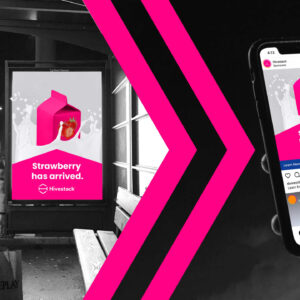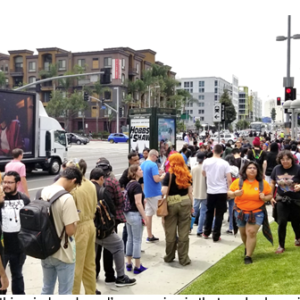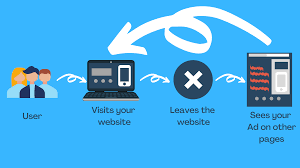404-642-0970
MEDIA - Mobile Geofencing Retargeting
Maximizing Impact: The Power of Geofencing, Mobile Retargeting, and Attribution in Out-of-Home Advertising
Geofencing of an Out-of-Home (OOH) campaign, involves setting up virtual boundaries or geographic areas around specific locations. This technology allows advertisers to target and deliver relevant content to mobile devices when users enter or exit these predefined areas. Geofencing enhances the effectiveness of OOH campaigns by connecting the physical world with digital advertising.
Here's how it generally works:
Setting up Geofences:
Advertisers define geographical boundaries on a digital map using GPS coordinates. These boundaries could be around specific locations such as airports, shopping malls, stadiums, or any other relevant areas.
Elevate Media Services offers Mobile retargeting for Out-of-Home (OOH) advertising. It involves using mobile advertising strategies to reconnect with individuals who have been exposed to out-of-home ads such as billboards, transit ads, and posters that target audiences outside of their homes. Mobile retargeting aims to leverage the mobile devices of individuals who have encountered OOH ads to further engage with them.
Key strategy points for Geofencing:
- Triggering Events:
When a user enters or exits a geofenced area, the geofencing system detects this event through the user’s mobile device. - Push Notifications or Ads:
Upon detecting the entry or exit event, the geofencing system triggers predefined actions, such as sending push notifications, displaying ads, or delivering other relevant content to the user’s device.
Here are some key considerations and strategies for implementing mobile retargeting for OOH:

Location-Based Targeting:
- Use geolocation data to identify individuals who have been in proximity to specific OOH placements.
- Create custom audience segments based on the location of OOH displays to tailor mobile ads to users who have encountered specific billboards or transit ads.
Time Sensitivity:
- Consider the timing of mobile retargeting efforts. Delivering mobile ads shortly after individuals have seen OOH ads can enhance recall and engagement.
- Implement time-sensitive offers or promotions to encourage immediate action from users who have recently interacted with OOH ads.
Consistent Messaging:
- Ensure a consistent brand message across both OOH and mobile platforms. This helps reinforce the brand in the minds of consumers and improves recognition.
- Use similar visuals or messaging in mobile ads to establish a connection with the OOH campaign and maintain a cohesive brand image.
Call-to-Action (CTA):
- Include a clear and compelling call-to-action in mobile ads. This could be a link to a specific landing page, a promotion code, or directions to the nearest store.
- Encourage users to take the next step in their customer journey, whether it’s making a purchase, signing up for a newsletter, or visiting a physical location.
Measurement and Analytics:
- Implement robust analytics to measure the performance of both the OOH and mobile campaigns.
Elevate offers attribution studies for Out-of-Home (OOH) advertising.
This refers to the analysis and measurement of the impact and effectiveness of OOH campaigns in driving consumer behavior and actions from various OOH media formats such as billboards, transit ads, street furniture, and more, which are typically displayed in public spaces.
The goal of an attribution study is to understand how OOH advertisements contribute to specific outcomes, such as website visits, store visits, product purchases, or other desired actions by consumers. Attribution studies aim to quantify the influence of OOH campaigns on consumer decision-making and behavior.
Image Gallery
Get In Touch with Elevate Media Services for OOH Advertising!
Elevate Media Services: Your premier partner for out-of-home advertising solutions. With over 25 years of industry expertise, we elevate brands to new heights with strategic planning, innovative campaigns, and unparalleled customer service.



